Cutting-edge technology in mountain rescue
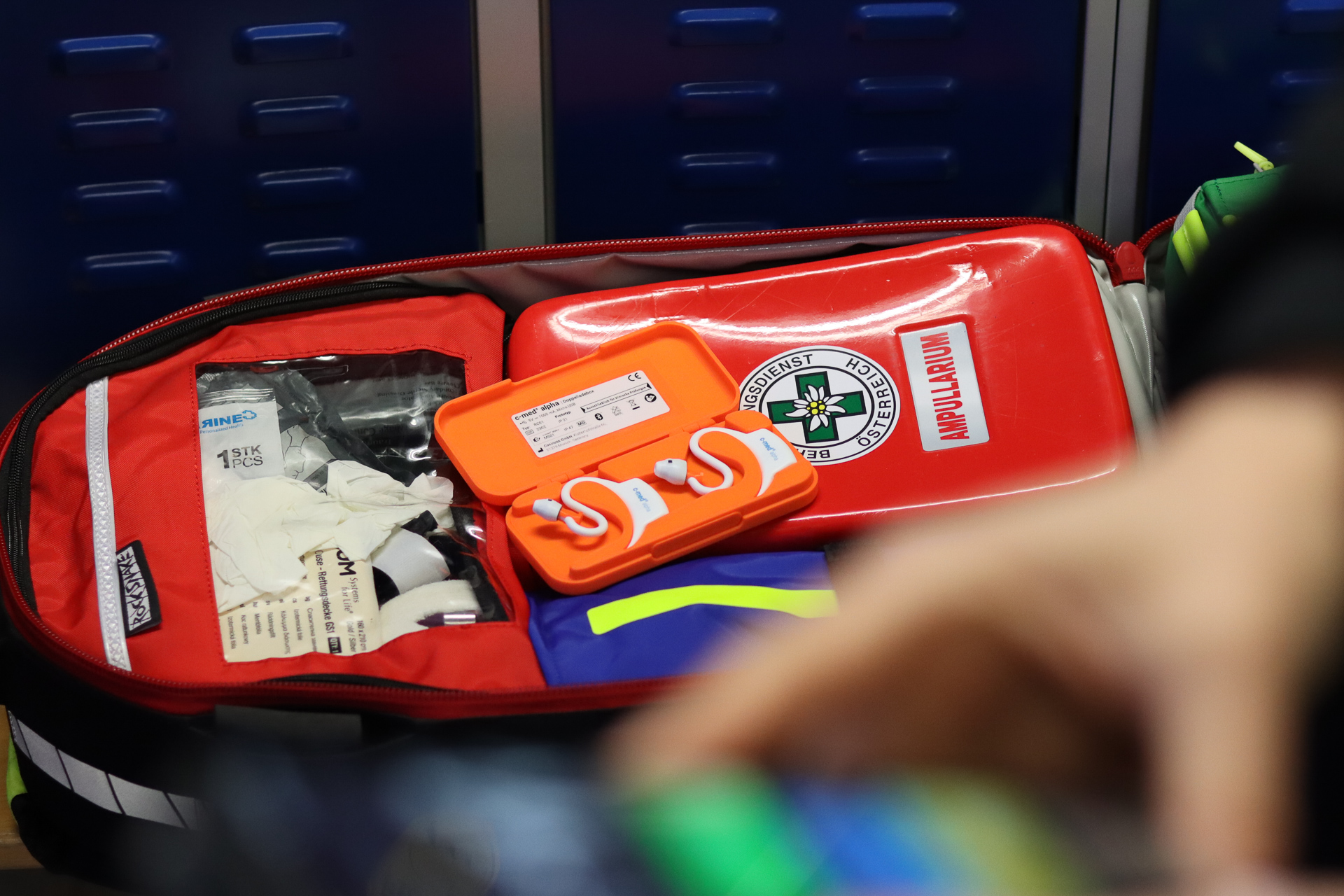
Mountain rescuers face many challenges in their work. Rough terrain, accident sites that are difficult to access and extreme weather conditions are just some of the hurdles they face. Working around the clock, they also often have to deal with particularly demanding physical reactions of accident victims, such as hypothermia, and make quick decisions – in some cases even without being able to access comprehensive and qualitative vital data.
In order to better meet these challenges, among others, the Upper Austrian Mountain Rescue Service has been using cosinuss° patient monitoring technology since the beginning of 2024.
Patient monitor for your pocket
The mobile patient monitoring system from cosinuss° works with a sensor that can be worn in the ear, the c-med° alpha, and an application for mobile devices, the Health° app.
The c-med° alpha is a 4.5 cm small and 6.5 g light multi-parameter sensor that mountain rescuers can carry in their trouser pockets and use in combination with their smartphones. The c-med° alpha not only measures the patient’s oxygen saturation, pulse rate and body temperature, but also provides important additional information such as the perfusion and quality index. Thanks to the continuously visible pulse wave signal in the cosinuss° Health app, mountain rescuers can carry out precise monitoring and easily detect disturbed signals. The data is transmitted from the sensor to the app via Bluetooth Low Energy (BLE), so no internet connection is required for monitoring – something that is particularly important in remote areas.
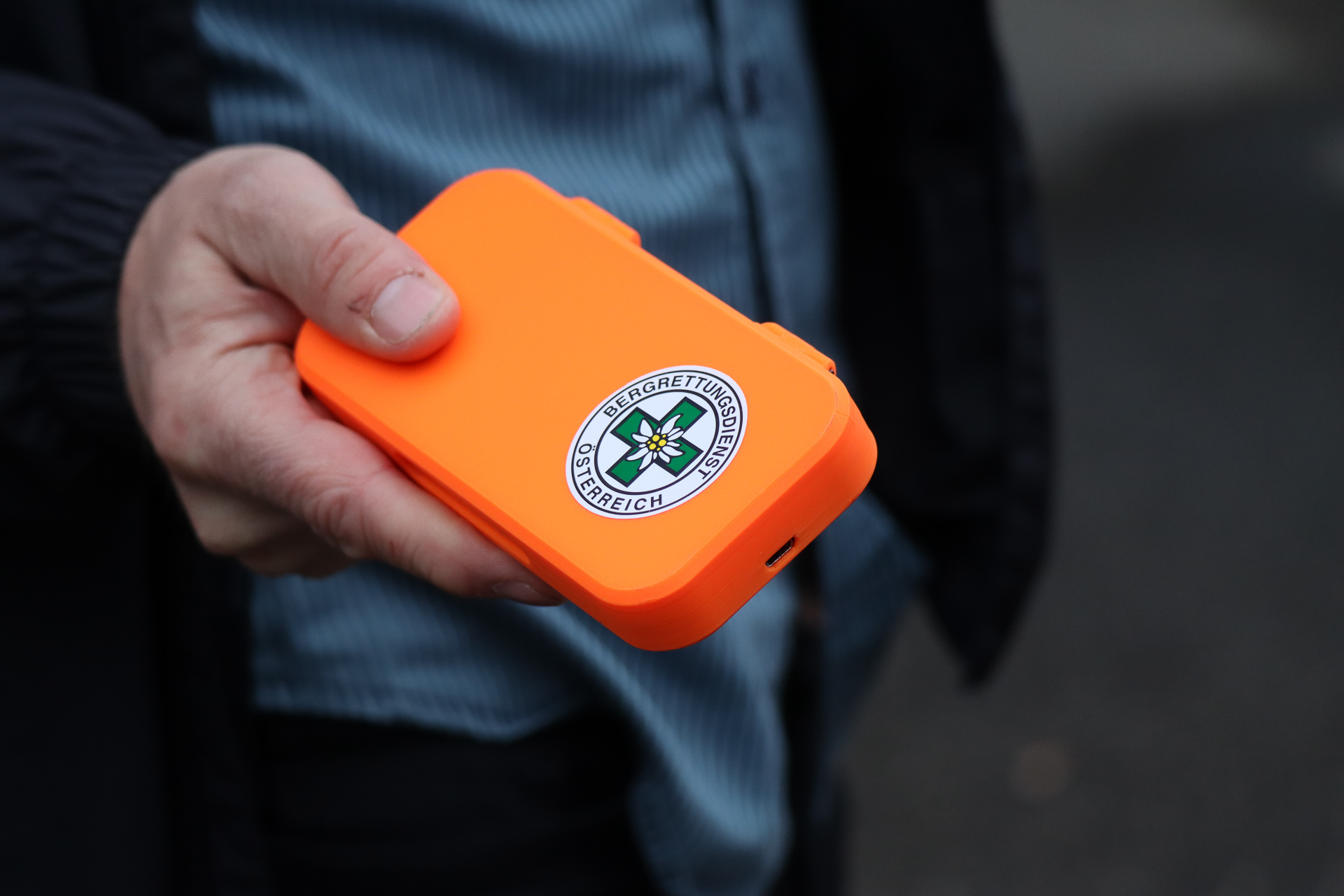
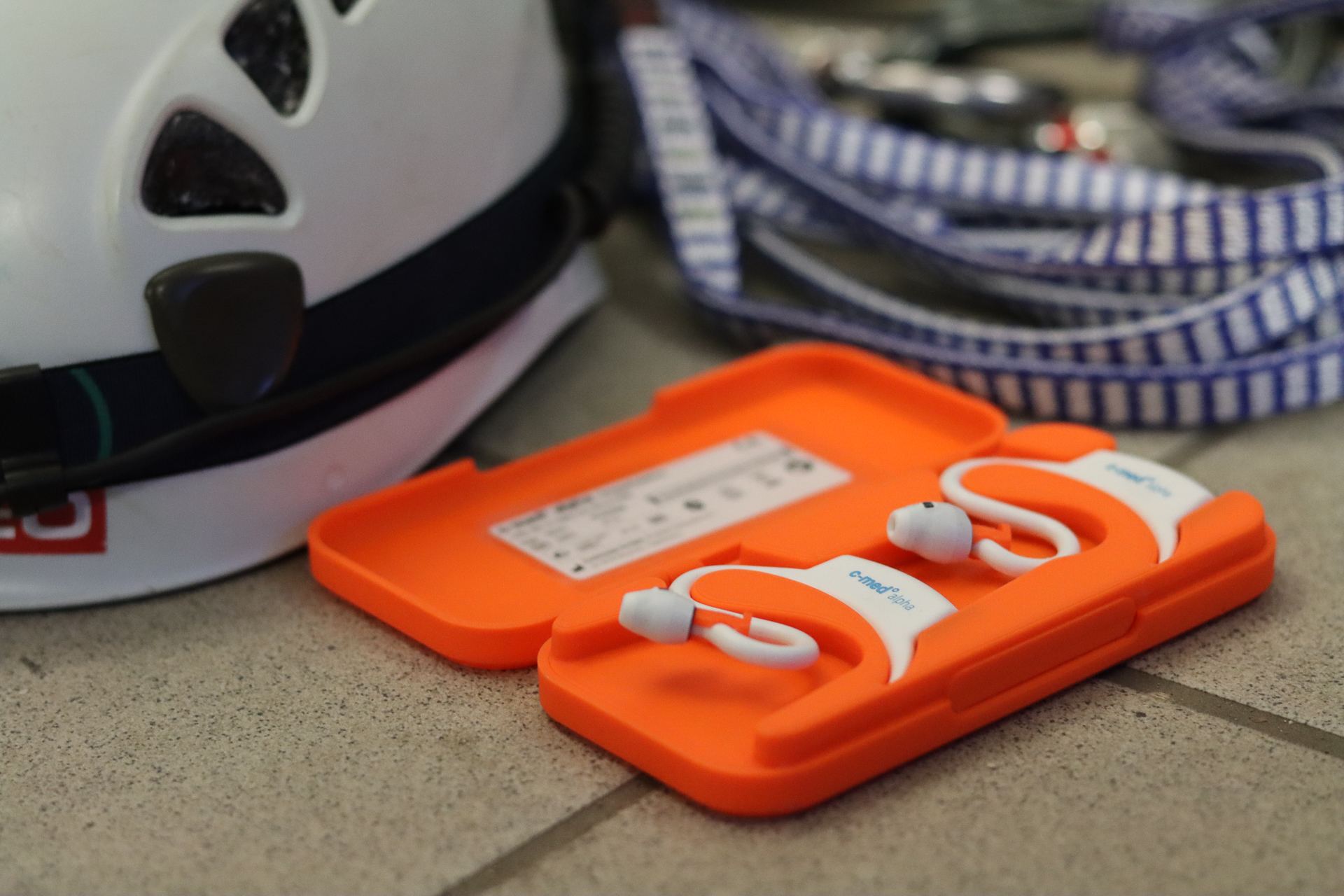
Fig. 1 and 2: Each mountain rescuer is equipped with two sensors in different sizes, which can also be carried in a trouser pocket in their thin box.
The ear as an ideal place to measure vital signs
The choice of the external auditory canal as a location for optical measurement methods offers interesting aspects compared to conventional measurement locations. Due to its proximity to the brain, the oxygen saturation recorded in the external auditory canal may provide valuable additional information compared to measuring oxygen saturation on the finger, for example. In addition, due to the constant blood flow to the head, it can be assumed that the optically recorded vital parameters are easier to measure. The proximity of the measurement location to the brain in combination with the continuous recording of temperature data there also offers relevant advantages for body temperature. Overall, the proximity to the brain can be relevant for the interpretation of the measured values.
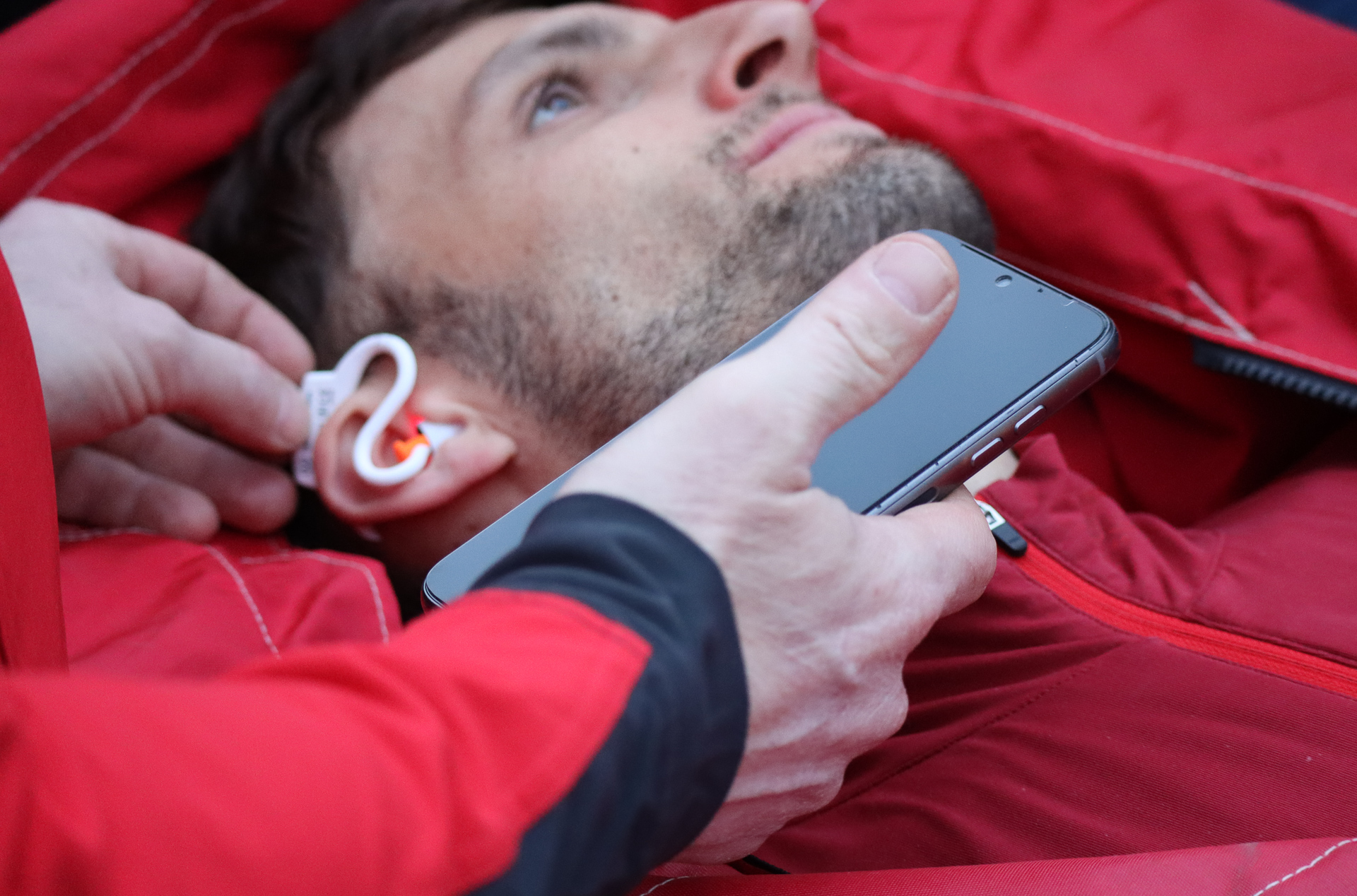
Fig. 3: The c-med° alpha positioned in the ear of the casualty (reenacted scene). This allows the patient’s state of health to be monitored seamlessly from the scene of the accident through transportation to the hospital.
Another advantage is the dark environment in the ear canal: interfering light incidence, which affects the measurement of the PPG sensor, is reduced to a minimum here.
Ready for use: proven and sought-after technology
cosinuss° technology has already proven itself in studies and pilot projects, not only in the remote monitoring of patients but also in mountain and air rescue in particular. For example, a technical feasibility study conducted by the Ludwig Maximilian University of Munich together with the Bavarian Mountain Rescue Service and the Center for Safety and Training (Mountain Rescue Foundation) has shown in several studies that the use of in-ear sensors for monitoring vital data of people who have suffered accidents in the mountains is also reliably possible under extreme climatic conditions and under the influence of external factors during transport and in the helicopter.
Martin Flugrettung (Heli Austria GmbH) has been using the cosinuss° patient monitoring system in several of its helicopters for patient care since December 2023, after it was extensively tested and further developed in real rescue scenarios. With the Upper Austrian Mountain Rescue Service, cosinuss° has now gained another valuable customer to pursue the common goal of further improving patient care and providing even more efficient assistance.
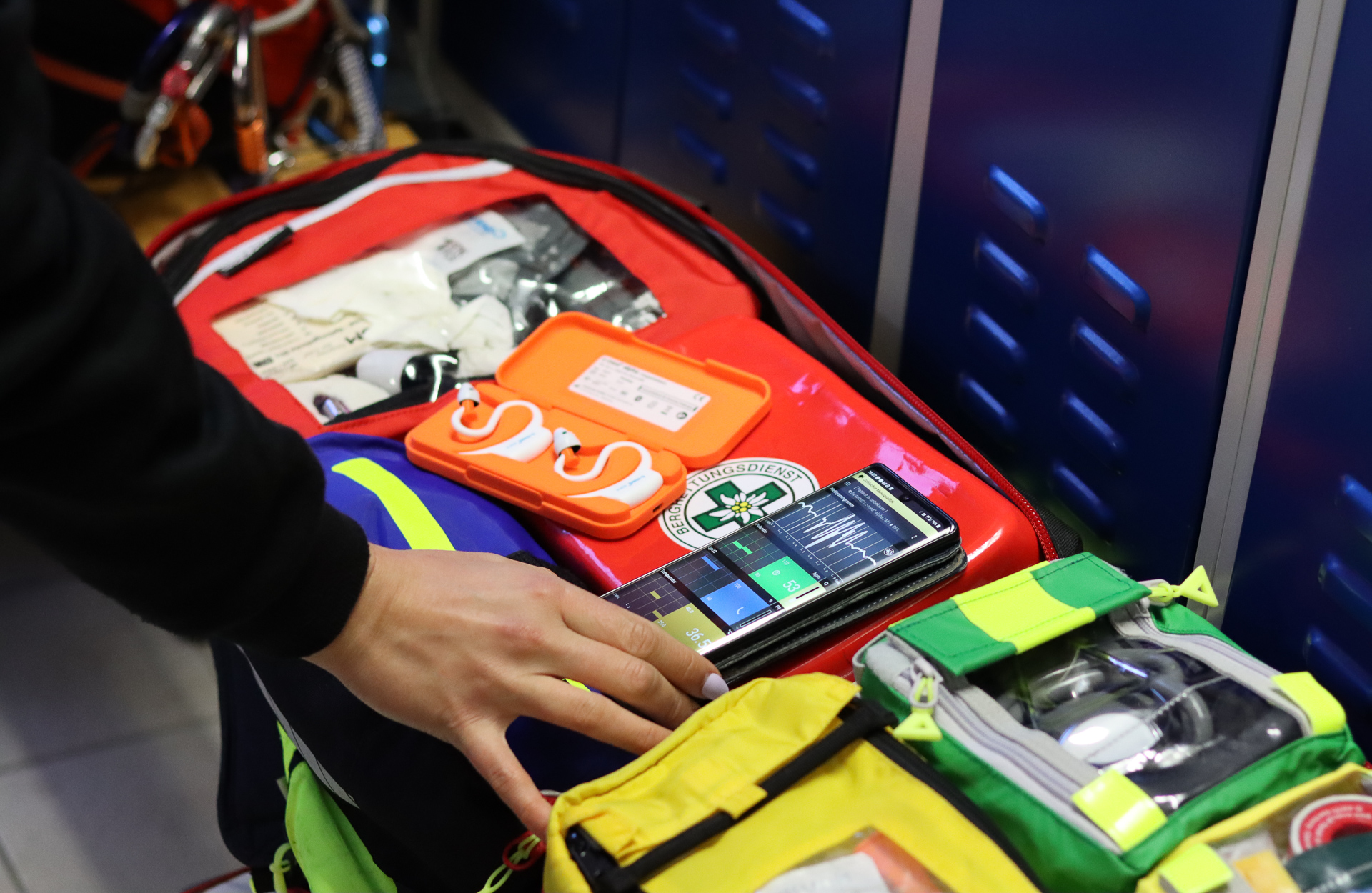
Fig. 4: The transport box with the two sensors can be easily stowed in the rescue backpack.
About the Upper Austria Mountain Rescue Service
The Upper Austrian Mountain Rescue Service carries out rescue missions in alpine terrain around the clock, every day of the year. More than 861 volunteers work in the 23 local stations to ensure that help is provided on site as quickly as possible. As a regional organization, the Upper Austrian Mountain Rescue Service is part of the Austrian Mountain Rescue Service (ÖBRD). The officially recognized organization is dedicated to providing assistance in regions that are difficult to access, especially mountainous regions. With national and international missions, the ÖBRD aims to prevent human suffering and protect people’s health and lives. As an independent and non-profit organization, the ÖBRD offers voluntary support on a non-profit basis.
More information: www.bergrettung-ooe.at
Photo credits: Gerrit Schweiger / cosinuss°